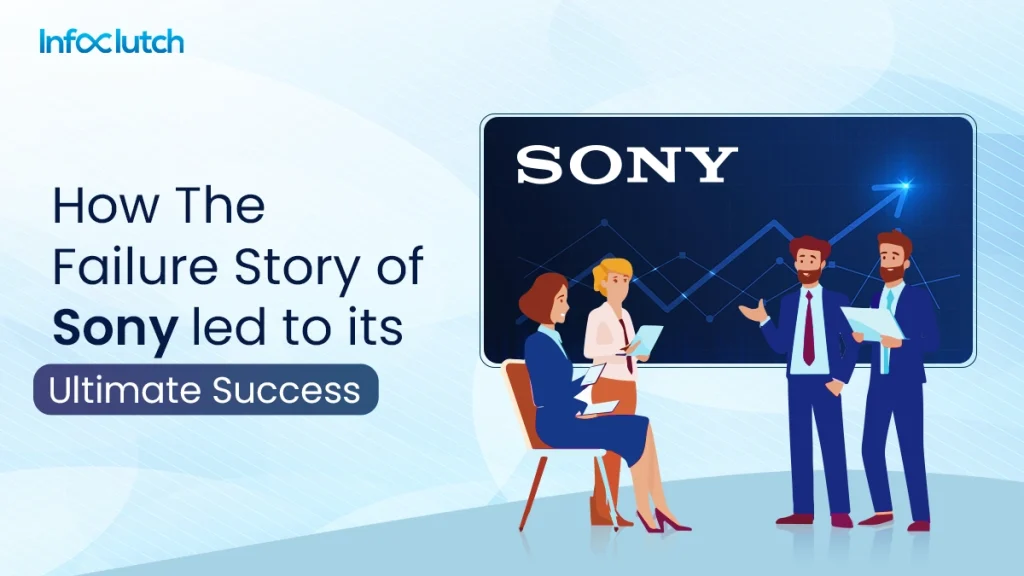Introduction
Sony has become a paramount go-to company for quality audio/video electronics and IT products for consumers. But it was not always like this. It had its fair of ups and downs. We all know the Sony success story and how it has revolutionized the market, but only a few of us are aware of the hardships and failures it has undergone.
The story goes back to post-World War 2 in Minato, Tokyo, where it was founded as a small shop for radio repairs. Let’s travel back in time and know the history in depth.
The Inception
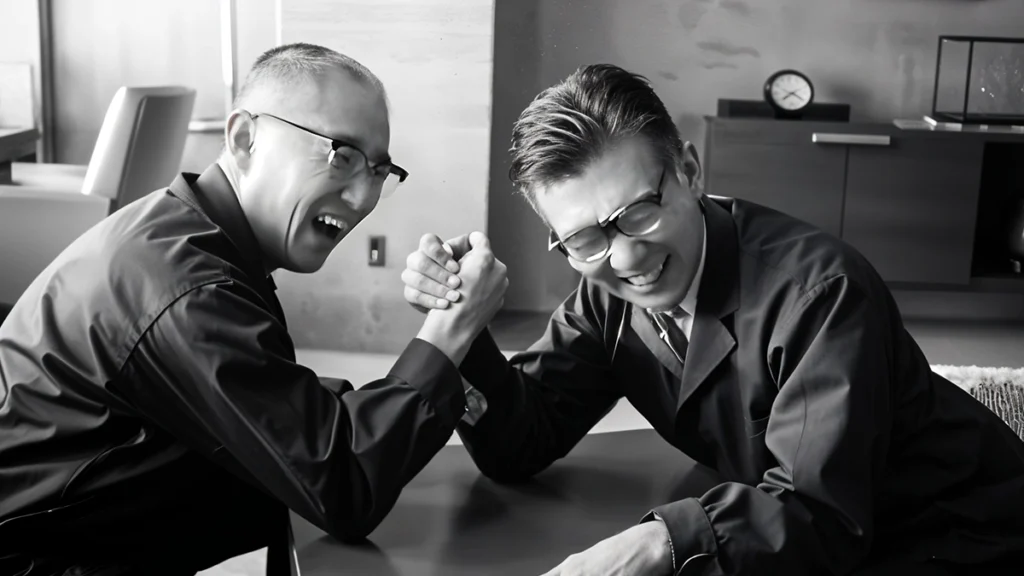
“The only sure thing is that in business there are no sure things.”
-Akio Morito
The Starting Game
After World War 2 ended, Japan underwent one of the worst stages of unemployment. In 1946, Ibuka started working in a small workshop in Shirokiya, repairing radios for a living. In October, he paired with his team to form Tokyo Tsushin Kenkyujo, aka TTK.
Ibuka started to look for a gap in the market. He wanted to produce something demanding in the market and gain substantial profits from it. This came in the form of converters. Information spreading was not happening during the war. Some radios were damaged, while others were disconnected from the shortwave unit to curb the crowd from getting access to enemy propaganda.
His team created shortwave converters that gave listeners regular radio access. Any person could tune in to any channel they wanted.
With the growing popularity of the converters, it made news to the “Blue Pencil” column, where Akio Morito read the article and was impressed by Ibuka’s work. He got in touch with his former colleague, and they both found a partnership in May 1946 with a borrowed capital of $500.
The Failure
The first official product was an electric rice cooker. And it was a great letdown!
As money started to become scarce, some people bought shortwave converter radios for cash while others offered rice. The idea was to help the consumers cook rice electrically. The product leads to ruining the rice by either overcooking or undercooking it.
In the first year, they generated only $300 in profits and it was a failure.
The next product was an electrically heated cushion, which, too, was a failure. Sony had to come up with an idea that would be a breakthrough.
The Breakthrough
In 1949, a newly imported tape recorder by the Japan Broadcasting Corporation became popular in the market. Ibuka had an idea about the tape recorders.
The TTK team created two prototype tape recorders – G and A Type.
The former one was used mainly for industrial purposes (60 minutes of recording time), while the latter one was made for household hostages (30 minutes of recording time).
Ibuka, who had a military background, came across a U.S. military booklet known as “Nine Hundred and Ninety-Nine Uses of the Tape Recorder.” His genius idea was to convert these booklets into Japanese and sell it.
As the Japanese people became more aware of the tape recorder, the sales began to increase. This led to TTK moving out of the small place to a building in Shinagawa.
Transistor Adaptation
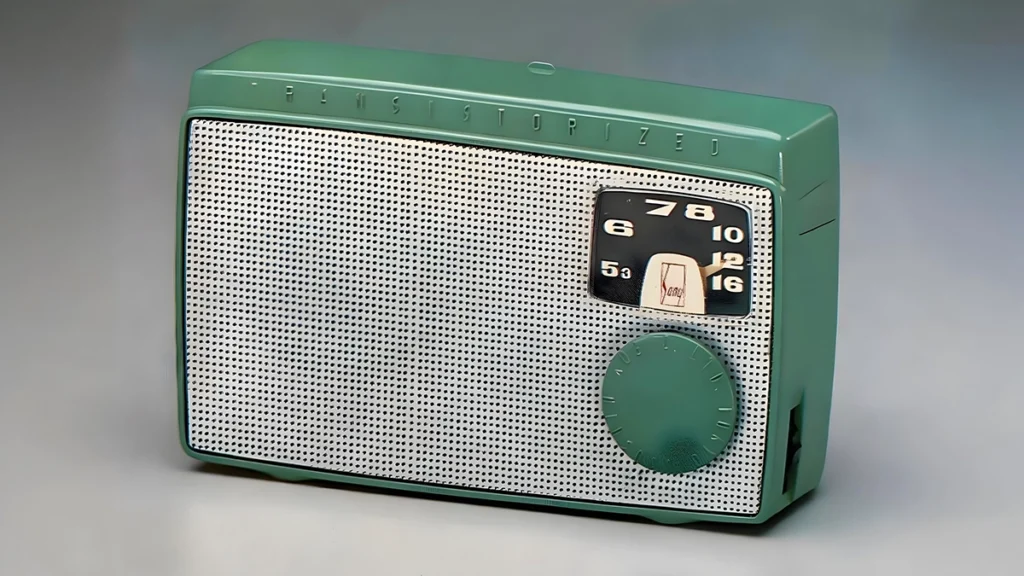
A milestone for Sony with the Transistor Radio
Back in the day, consumer electronics were based on vacuum tubes. However, the drawbacks were that the technology was bigger in size and consumed a high amount of power.
This technology was produced by Bell Laboratories but was licensed and used by Western Electric. It had a price tag of 9 million yen, which is a huge amount. The company almost went bankrupt while trying to get that technology.
This technology has been running in the U.S. for years. Low power input was the only shortcoming of the transistor technology. Morita used his physics knowledge to devise a solution.
This led to the inception of Japan’s first transistor radio, which was launched in the market in 1955 by the name “TR-55.” This radio was small and portable, which made it a quick success.
The Transition to Sony
Radios were not a new item back then. An American company called Regency Electronics had already launched their transistor radio a few months prior to the TR-55, but Sony’s product was superior in quality and power.
Since Sony’s products were of high quality and powerful, they opened doors to the West.
Morita and Ibuka travelled to the U.S. to market their transistor radio and enhance their customer base. Due to the company name being difficult to pronounce, it did not have much of an impact on Americans. Hence, it was changed to Sony, a name that could be easily pronounced.
The word “Sony” is derived from the Latin word “Sonus,” which means sound. It was relevant as the company was dealing with radios. Additionally, Sony means “son,” which, in Japanese culture, means a young adult who loves to be innovative and create new things.
In 1955, the company changed its logo to Sony.
The Sony success story does not end here, it just began!
Let us understand how Sony understood the importance of selling a diverse range of products to become a giant conglomerate in the market.
The New Age
Radio
Sony released the TR-63, which is a pocket-friendly and portable radio. It hit the bull’s eye! Thus, people purchased this product, and the sales went up to 5 million units by the end of 1968.
But what was stunning is that the radios did not even fit in the standard pockets at all. When Sony realized that the radio did not fit, they customized the pockets of their sales staff so that it fit in. This led to results and brought in more sales.
Television
Radios were just the beginning. Sony was making headlines with its new products.
TV8-301 – It was a small, portable transistor television that was produced in 1960. It was considered handier than the usual large, vacuum-using televisions.
Sony Trinitron – Trinitron televisions were bright, colored, and truly one of a kind. While it did require heavy investment, it was not launched until 1968, and it was a giant hit.
Music
Once Sony set a name in the radio and television industry, they decided to level up in the world of music. They did a partnership with CBS INC., collectively known as CBS Sony Records. They released the first Video Cassette Recorder (VCR) in 1971. They won an Emmy Award for this product.
In 1988, Sony bought all the shares of CBS Sony Records to become its only owner. They have collaborated with popular singers like Michael Jackson and have become the world’s biggest music publisher, with a revenue of more than $3.2 billion a year.
The statistics below highlights the revenue that Sony generates through recorded music.
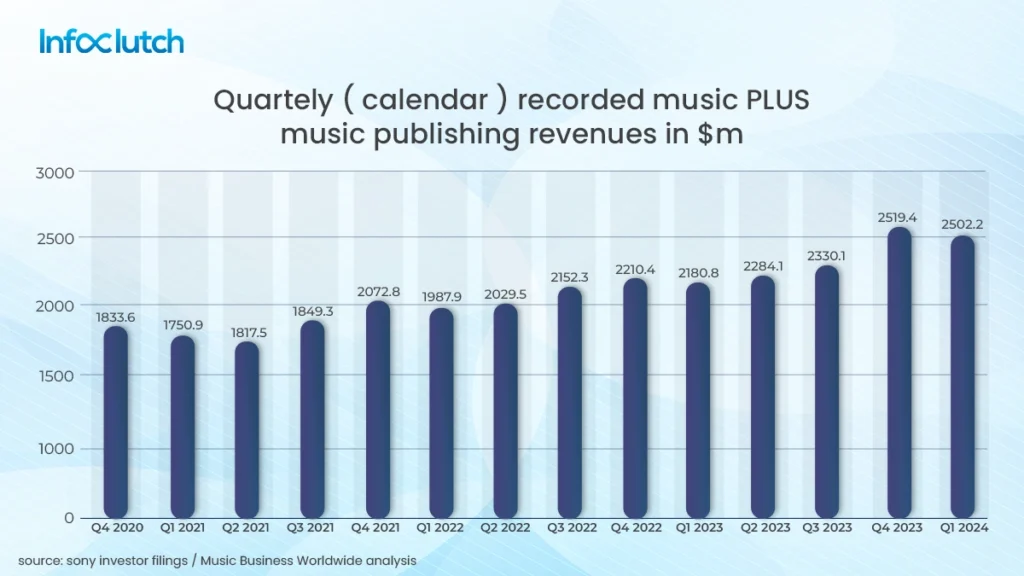
The Walkman Phase
The Walkman was a phenomenal success despite being priced at $150. It was inspired by Norio Ohga’s desire to listen to music easily as he walked. The idea was to create a cassette player that could fit in a pocket connected with a pair of quality headphones.
The execution took merely 5 months, and on the day of release, i.e., 1st July 1979, it sold over 285 million units. Afterward, Sony paired with Philips to create a compact disk and invented a CD player in 1982.
Lights, Camera and Sony
In 1989, Sony bought Columbia Pictures Entertainment for $3.4 billion. Whatsoever, Sony made a smart decision by giving access to a vast library of films and establishing a firm ground in the U.S. entertainment industry.
With time, the company gave blockbuster movies like the Spiderman Series, Skyfall, and Da Vinci Code.
Gaming
Sony decided to venture into video gaming towards the end of the ’80s. They acquired help from the gaming giant Nintendo Co. Ltd. However, the deal did not work out in 1992 when Nintendo backed out.
Sony was on its own. That did not stop the company, nevertheless. It took years of their time, and the Sony PlayStation was launched in the Japanese market.
It has had a staggering growth after its release. You can find the sales of the different video game consoles of Sony worldwide.
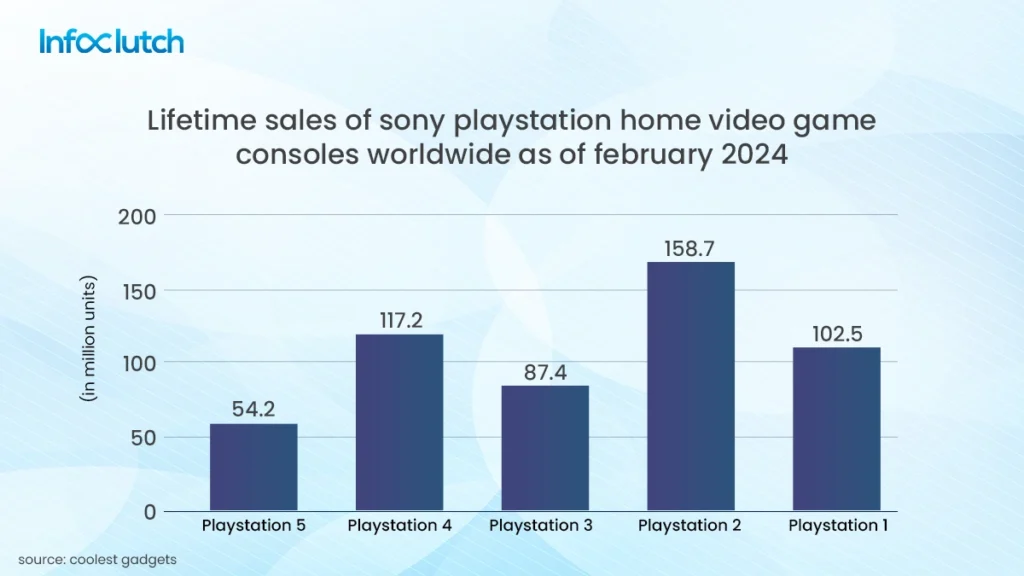
Mobiles
Sony’s next plan was to dominate the mobile market. In 2001, the company joined hands with Ericsson with a 50-50 share. It came to be known as Sony Ericsson.
The first product, called T65, was a success. In 2012, the company was renamed Sony Mobile Communications, and they released a smartphone called Sony Xperia. However, the steam died down as there continued to be a decrease in the sales.
The Pandemic Era
The pandemic was a breaking point for many successful companies. Sony, too, was part of that flock. However, they devised a method to stay in the market.
Since people stayed indoors, Sony looked at its trademark product, PlayStation 5, and over 10 million consoles were sold out.
Digital Platform Collaboration
Recently, the company acquired the anime streaming site called Crunchyroll for $1.175 billion. This provided them access to over 120 million customers in more than 200 countries.
They have also tied up with a digital streaming platforms like Netflix and Disney to offer movies and content.
In a Nutshell
Good companies offer their customer products for the present. However, great companies have a futuristic vision and understand what the customers want. In order to achieve that, they start planning from the present.
Sony knows that the world is evolving, and people are at a run to consume content digitally. With its technology and resources, Sony strives to make a major impact on people through its diverse products. There you have it! This is the Sony success story which embraces transformation and innovation.

